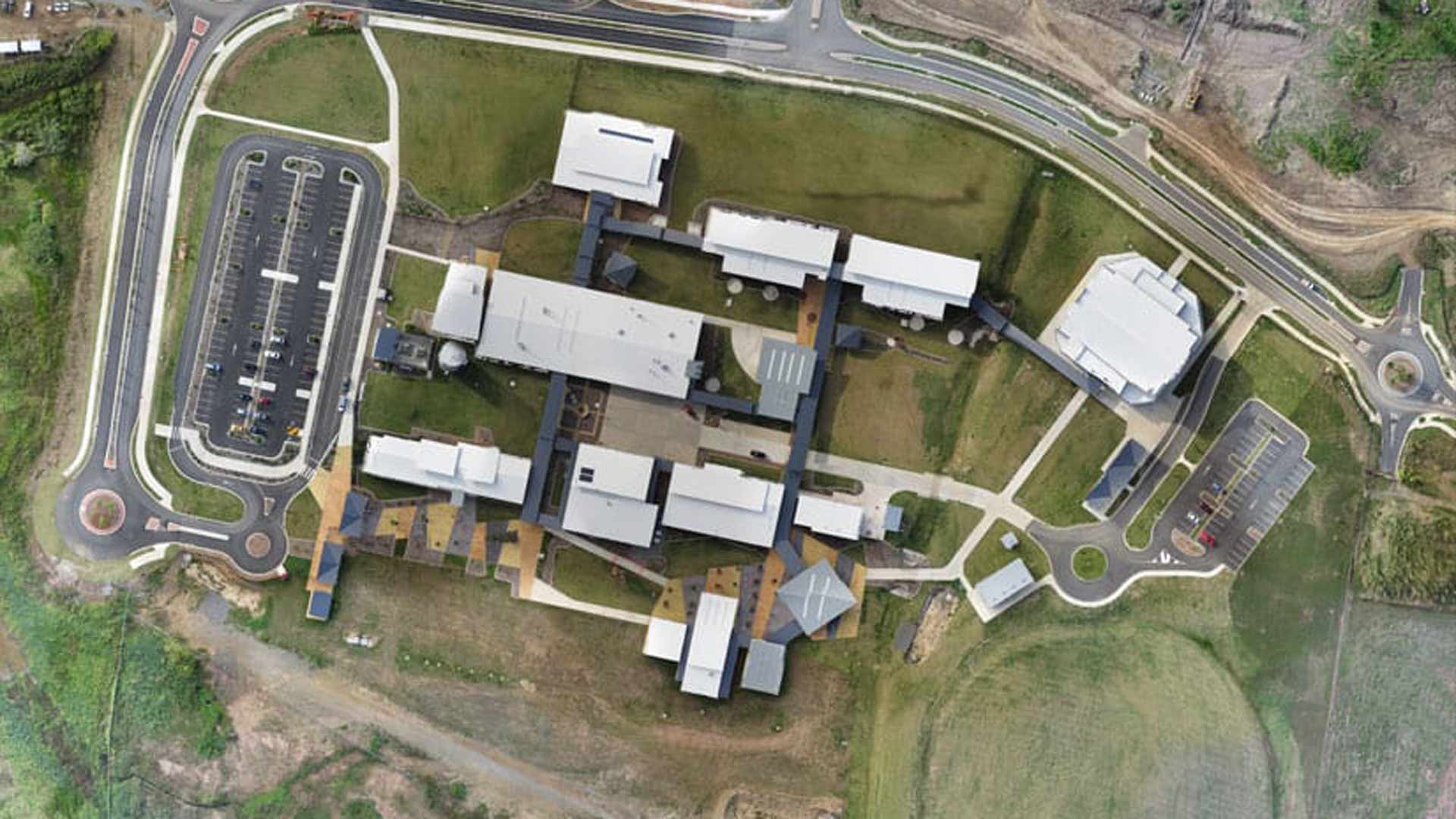Through our aerial survey division, drone technology and with Civil Aviation Safety Authority (CASA) RPAS pilots we have given ourselves the ability to map from afar, the detail our clients require to enable informed decision making.
Coupled with our existing surveying services, we now provide fully integrated mapping, modelling, and surveying capabilities that utilise the latest in laser measurement, GPS and photogrammetry.
Applications
Whether your project is urban or regional, infill or broad-acre, private or public, you can rely on our skills and experience to deliver an innovative and cost-effective planning solution.


